Snowflake expands Microsoft partnership to bring generative AI models to its Data Cloud
Freshly expanded collaboration will focus on new product integrations with Microsoft’s Azure OpenAI, Azure ML, and more


Data cloud provider Snowflake has announced an expansion of its partnership with Microsoft, which will add new product integrations across AI, low code/no code application development, and data governance.
The move will see the pair implement new programs in a bid to enhance go-to-market strategies and improve field collaboration to take joint solutions directly to customers, while Snowflake has also committed to increase its Azure spending.
The expansion was announced as part of the Snowflake Summit 2023 user conference in Las Vegas, which will see the company demonstrate its latest joint product integrations with Microsoft. Snowflake chief revenue officer Chris Degnan said the partnership places a firm focus on improving field collaboration to help customers get to grips with the next wave of AI.
“Our integrations with Microsoft’s generative AI and LLM services will enable joint customers to leverage the latest AI models and frameworks, enhancing the productivity of developers,” he said.
RELATED RESOURCES

Uncover new insights with your data in the cloud
React faster and anticipate change - A guide and assessment for SMBs
Offering a single data experience that spans multiple clouds and geographies, Snowflake’s Data Cloud platform helps organizations unite siloed data, discover and securely share data, power applications, as well as execute diverse AI/ML and analytic workloads.
With its freshly expanded partnership, the company will expand its strategic initiatives with Microsoft to equip data scientists and developers with leading AI solutions, build new integrations between its Data Cloud and Azure ML, as well as leverage integrations with Azure Open AI and Microsoft Cognitive Services.
Snowflake said the Azure ML integration will help joint customers accelerate their entire development to production workflow for machine learning through access to the latest frameworks, as well as integrated continuous integration and continuous delivery (CI/CD).
Get the ITPro daily newsletter
Sign up today and you will receive a free copy of our Future Focus 2025 report - the leading guidance on AI, cybersecurity and other IT challenges as per 700+ senior executives
Both Snowflake and Microsoft stated that they are committed to working toward enabling customers to securely leverage Azure Open AI and Microsoft Cognitive Services with Snowflake data.
Customers can expect to see new and improved product integrations across Microsoft complimentary products, including Purview for data governance, Power Apps & Automate for low code/no code application development, Azure Data Factory for ELT, and Power BI for data visualization.
“Through our expanded partnership, we will combine Snowflake’s Data Cloud expertise with Microsoft’s cloud technologies and AI capabilities to help customers across industries build intelligent solutions to better manage, understand, and govern their data,” commented Judson Althoff, executive vice president and chief commercial officer at Microsoft.
The move forms part of a wider play in the generative AI space for Snowflake. At its Snowflake Summit event, the company also announced a new partnership with Nvidia, which aims to provide businesses with an accelerated path to create customized generative AI applications using their own proprietary data, all within the Snowflake Data Cloud platform.
Dan is a freelance writer and regular contributor to ChannelPro, covering the latest news stories across the IT, technology, and channel landscapes. Topics regularly cover cloud technologies, cyber security, software and operating system guides, and the latest mergers and acquisitions.
A journalism graduate from Leeds Beckett University, he combines a passion for the written word with a keen interest in the latest technology and its influence in an increasingly connected world.
He started writing for ChannelPro back in 2016, focusing on a mixture of news and technology guides, before becoming a regular contributor to ITPro. Elsewhere, he has previously written news and features across a range of other topics, including sport, music, and general news.
-
 Bigger salaries, more burnout: Is the CISO role in crisis?
Bigger salaries, more burnout: Is the CISO role in crisis?In-depth CISOs are more stressed than ever before – but why is this and what can be done?
By Kate O'Flaherty Published
-
 Cheap cyber crime kits can be bought on the dark web for less than $25
Cheap cyber crime kits can be bought on the dark web for less than $25News Research from NordVPN shows phishing kits are now widely available on the dark web and via messaging apps like Telegram, and are often selling for less than $25.
By Emma Woollacott Published
-
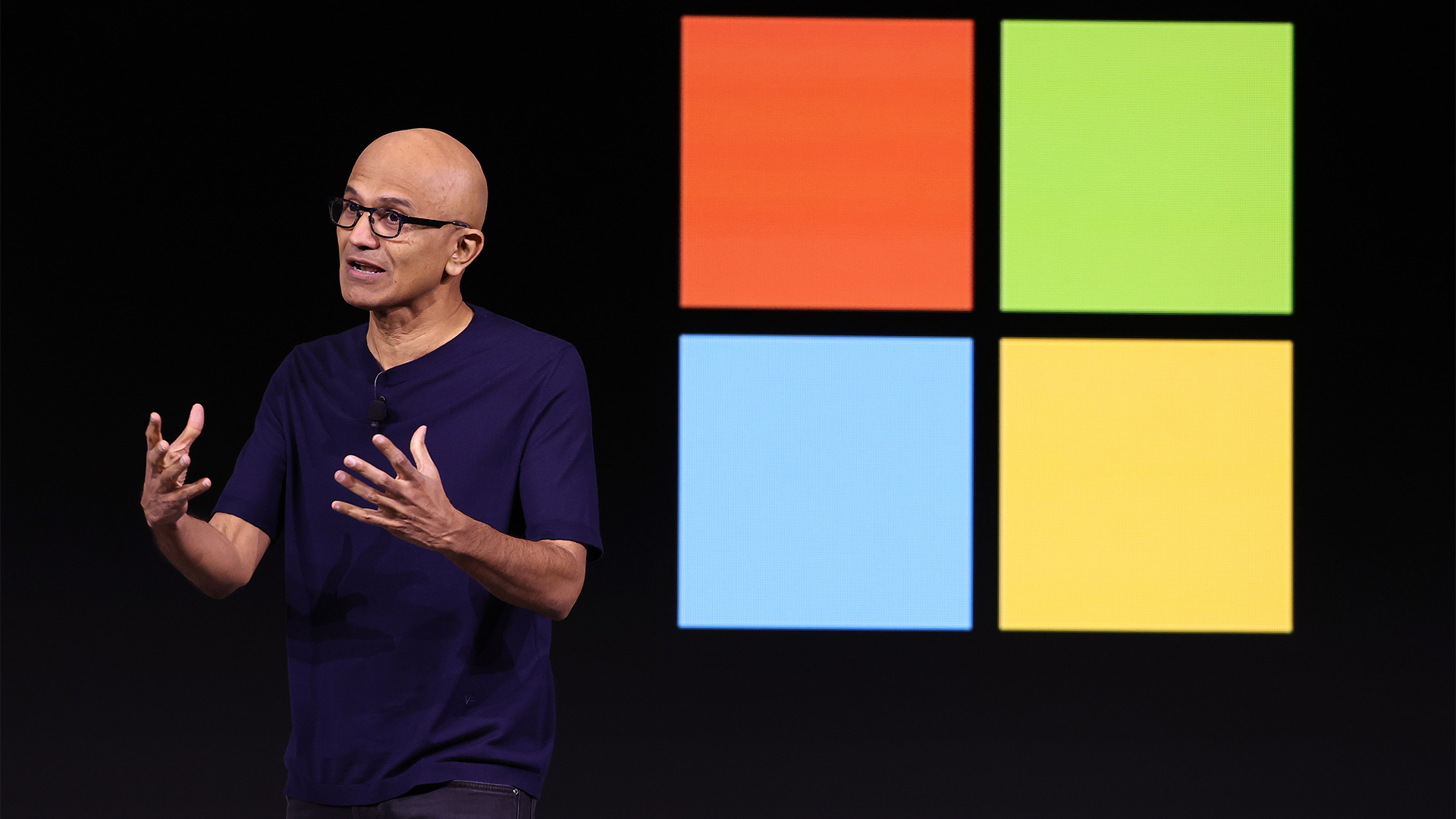 Microsoft sharpens agentic AI focus with new ‘CoreAI’ division
Microsoft sharpens agentic AI focus with new ‘CoreAI’ divisionThe new department will bring together teams from across engineering and AI
By George Fitzmaurice Published
-
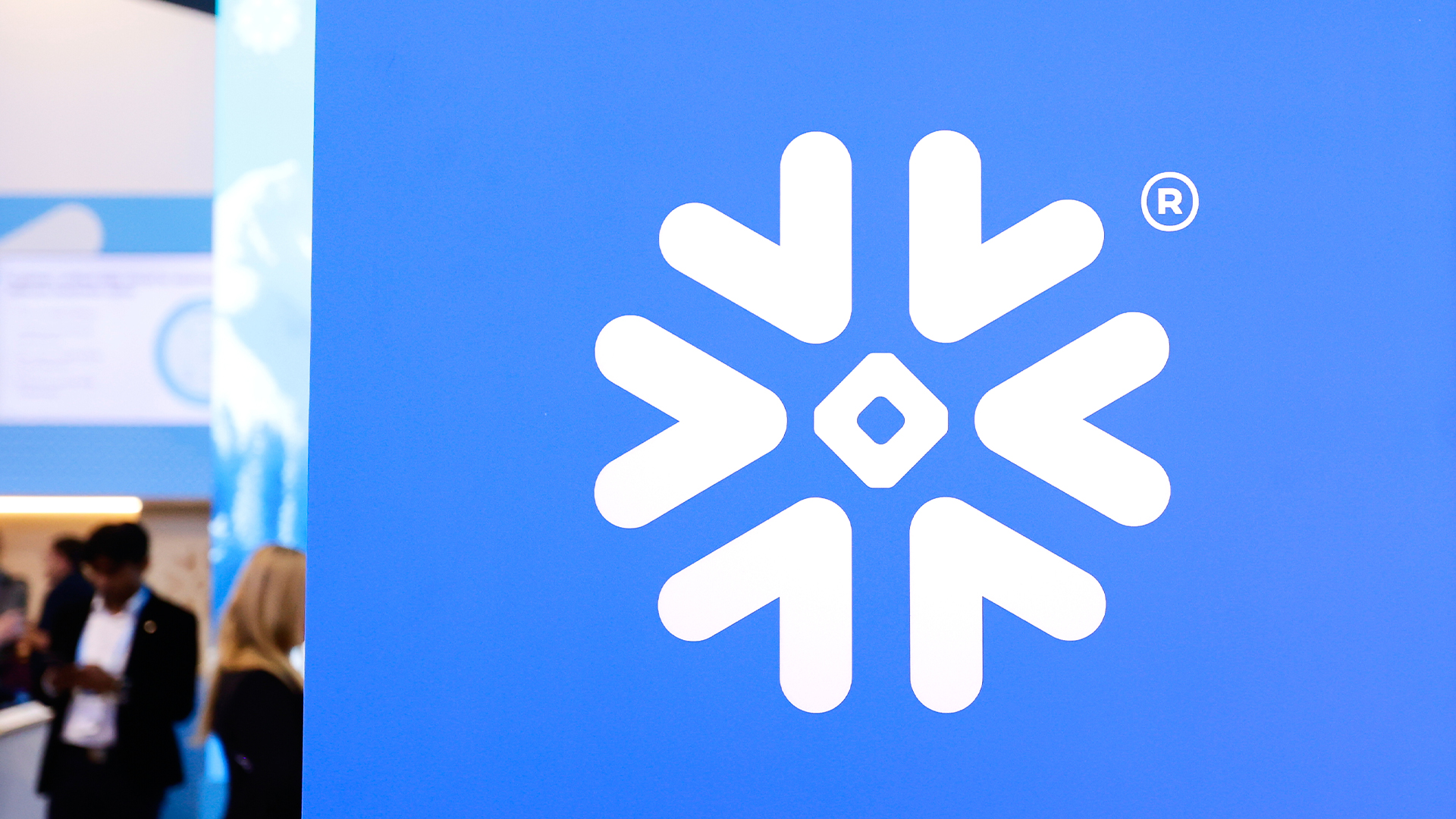 Snowflake and Anthropic partner up on agentic AI, model sharing
Snowflake and Anthropic partner up on agentic AI, model sharingNews The pair will bring Anthropic’s Claude models to customers via Snowflake’s AI platform
By George Fitzmaurice Published
-
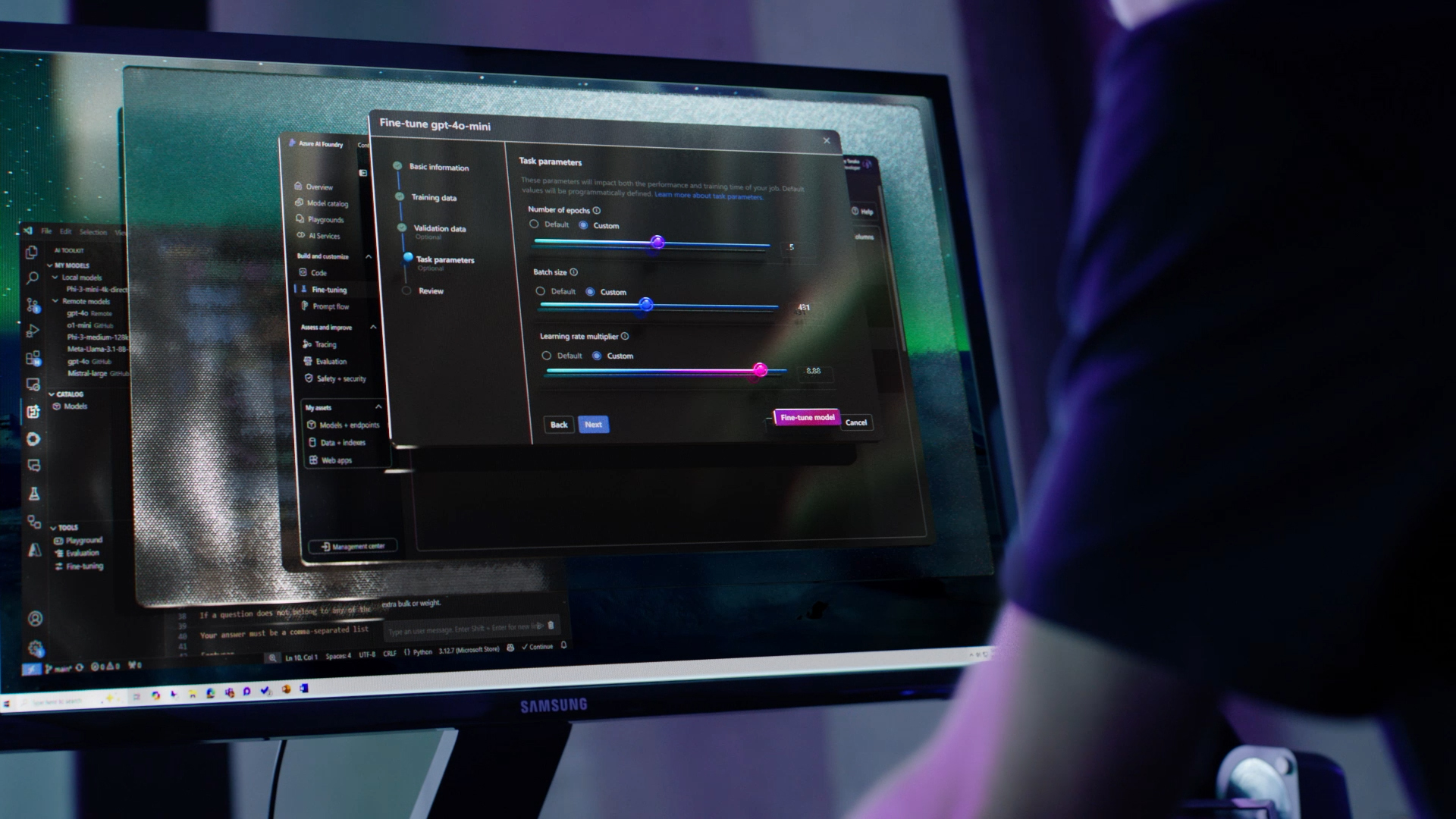 Microsoft unveils Azure AI Foundry to help businesses consolidate AI across their tech stack
Microsoft unveils Azure AI Foundry to help businesses consolidate AI across their tech stackNews The new AI application creation and management platform will integrate Azure AI Studio, and plug into popular IDEs such as Visual Studio to help developers and IT professionals drive AI adoption
By Solomon Klappholz Published
-
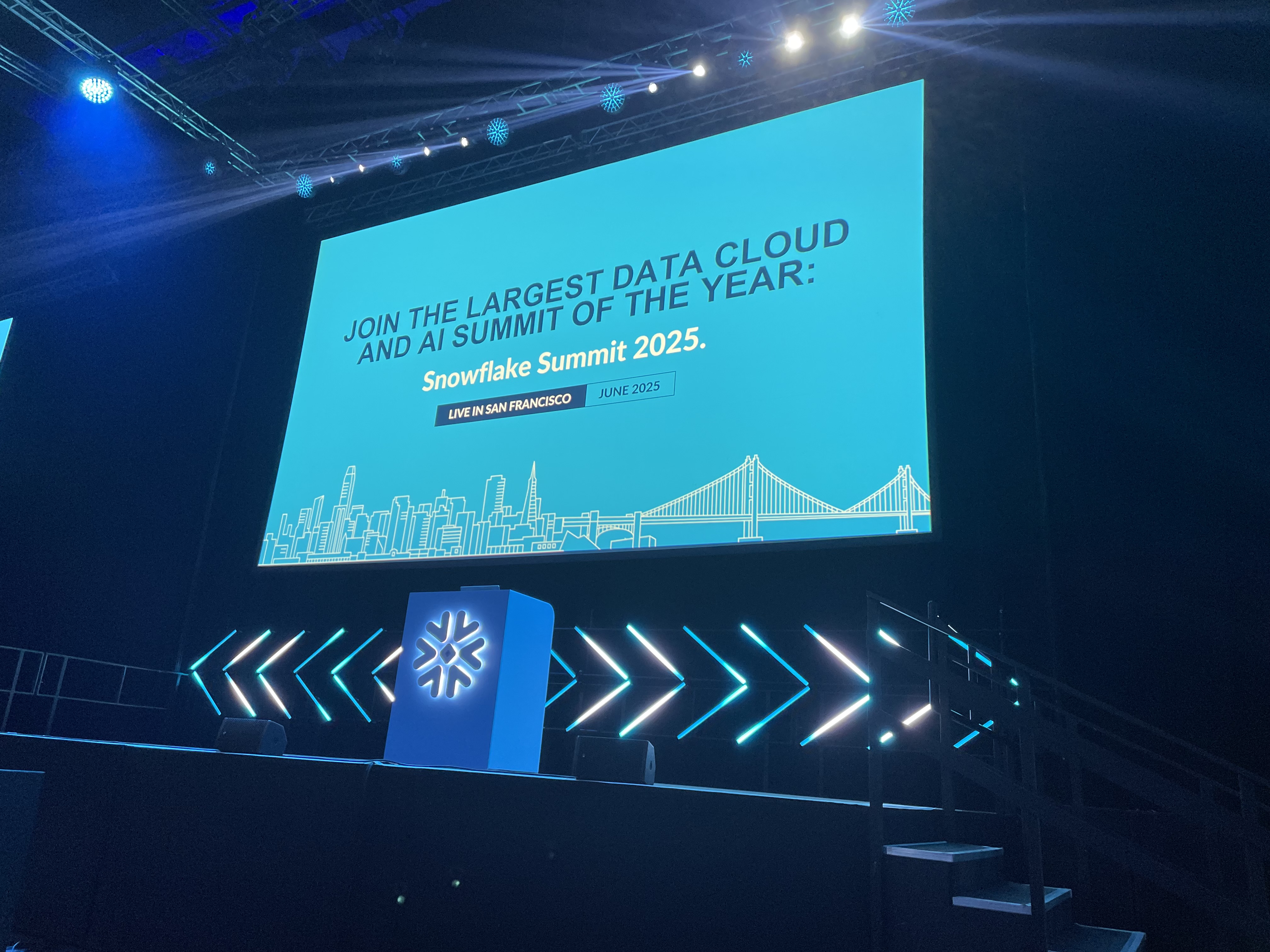 Snowflake CEO: “Many vendors sell you parts of a car and tell you to build it yourself. At Snowflake we have a different philosophy. We want to give you the car.”
Snowflake CEO: “Many vendors sell you parts of a car and tell you to build it yourself. At Snowflake we have a different philosophy. We want to give you the car.”AI data cloud firm’s leader uses its local event series to reiterate how it is helping customers address current and future challenges head on…
By Maggie Holland Published
-
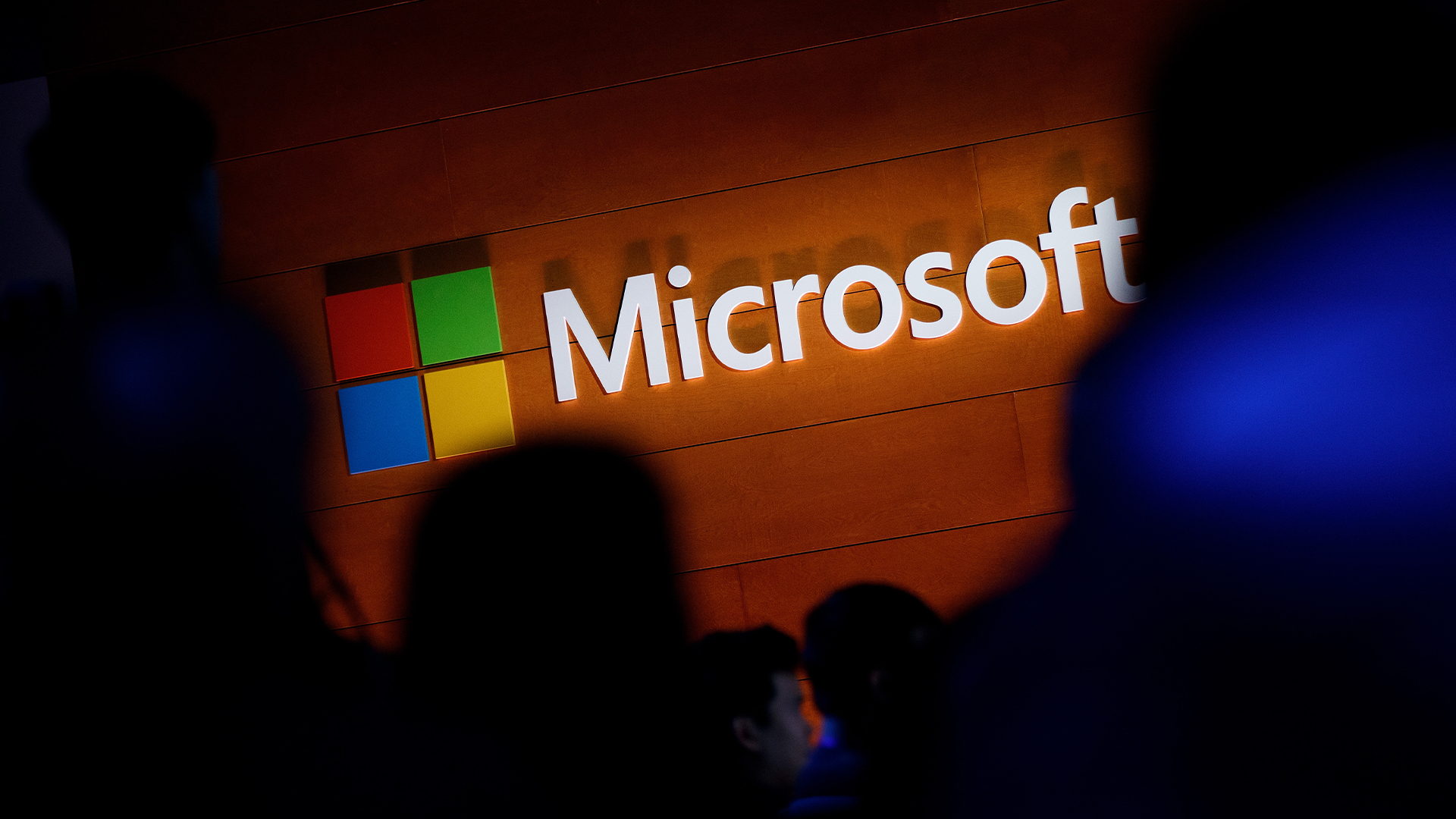 Hyperscaler AI spending is getting out of control — and Microsoft says it could take 15 years for it to make good on investments
Hyperscaler AI spending is getting out of control — and Microsoft says it could take 15 years for it to make good on investmentsNews Tech giants' results show billions being poured into AI infrastructure, but big leaps in revenue remain elusive
By Nicole Kobie Published
-
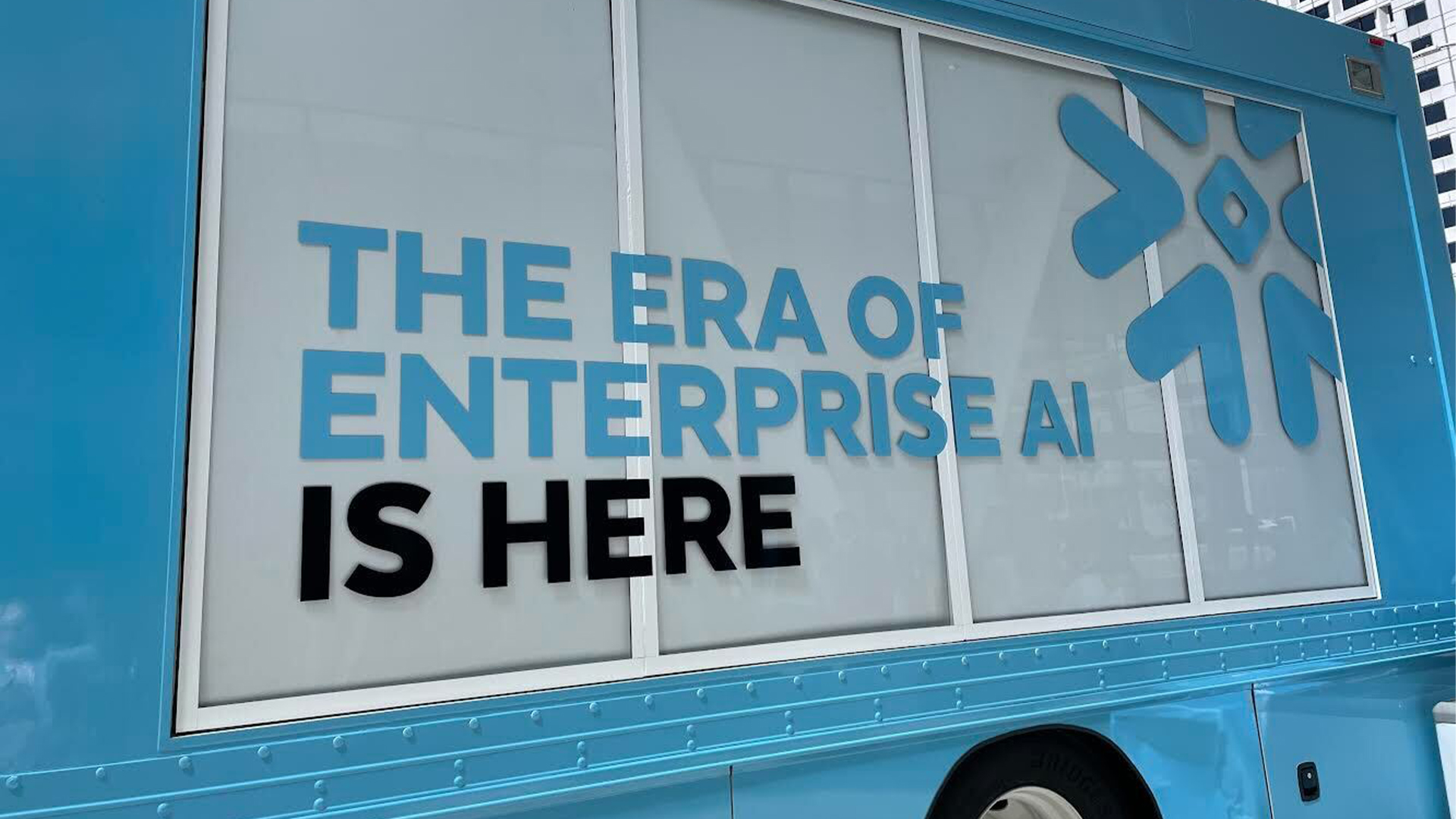 Snowflake's tweaked partner support receives rave reviews
Snowflake's tweaked partner support receives rave reviewsNews The AI and data cloud firm made some changes earlier this year and by all accounts they have been very well received...
By Maggie Holland Published
-
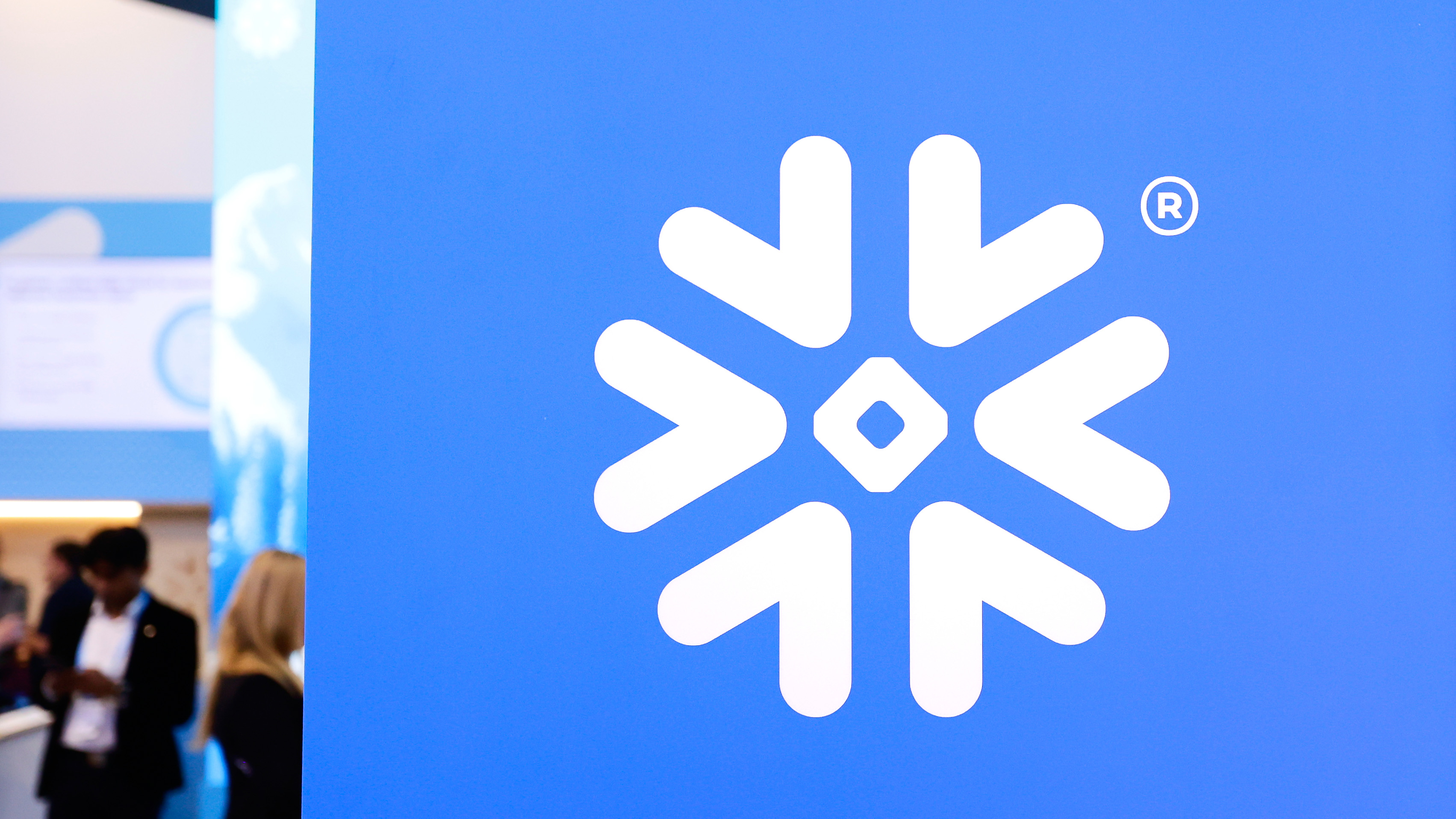 Snowflake’s AI strategy is cooking up a storm with enterprise customers
Snowflake’s AI strategy is cooking up a storm with enterprise customersAnalysis Snowflake product revenue has skyrocketed on the back of the firm's ambitious AI strategy, offering the firm a springboard as it moves deeper into the generative AI space
By George Fitzmaurice Published
-
 Microsoft’s Mistral AI partnership has EU regulators concerned - here’s why
Microsoft’s Mistral AI partnership has EU regulators concerned - here’s whyNews Microsoft has found its European champion in Mistral AI, but regulators worry the deal raises questions over the scope of control and influence the tech giant will have over the French startup
By George Fitzmaurice Published